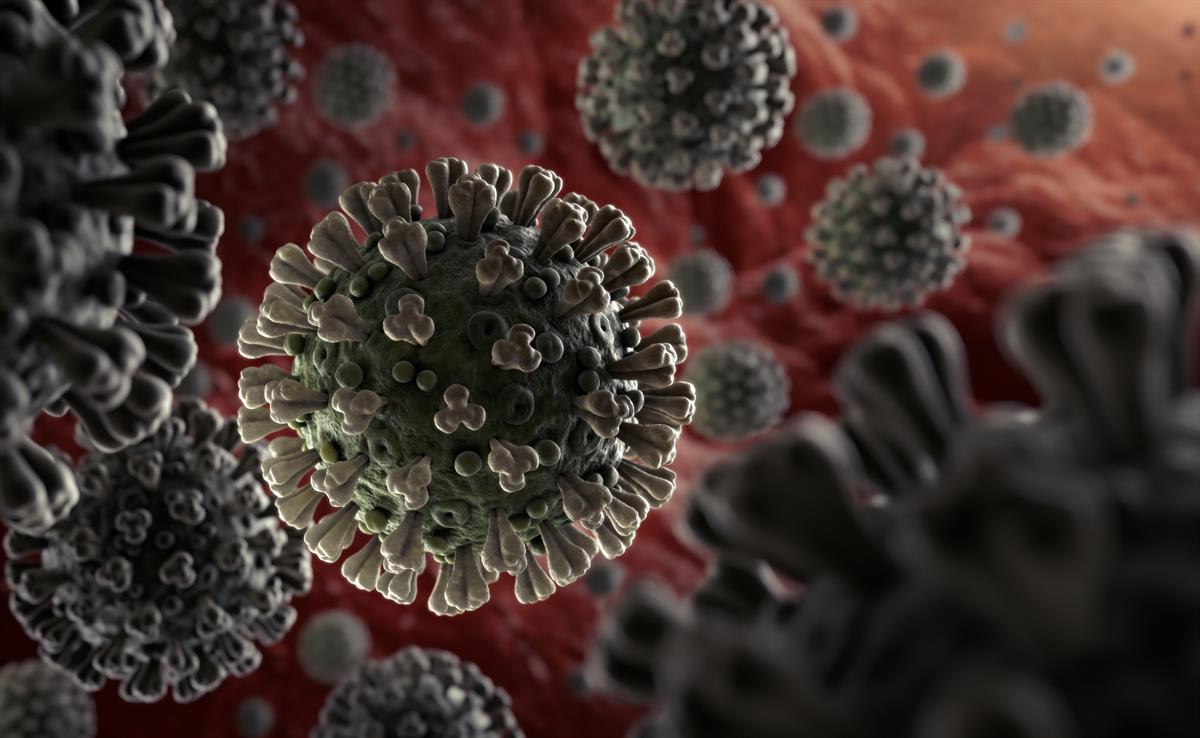 Congratulations to Tolga Tasdizen whos Emerging COVID-19/SARS-CoV-2 Research Application has been awarded funding by the University of Utah Health’s 3i Initiative.
Congratulations to Tolga Tasdizen whos Emerging COVID-19/SARS-CoV-2 Research Application has been awarded funding by the University of Utah Health’s 3i Initiative. The project entitled AI/CXR Early Warning System for Infectious Respiratory Disease Outbreaks, proposes to research an early warning system for novel respiratory infectious disease outbreaks based on automated emerging cluster analysis of routine chest x-rays (CXR) using Artificial Intelligence/Machine Learning (AI/ML) and furthermore, to the use data collected during the COVID-19 pandemic to validate our proposed models.
The novel coronavirus pandemic has demonstrated the shortcomings of the healthcare system to cope with a rapidly increasing population-wide infection and the fragility of our economic system to cope with impacts of strong social distancing. An overwhelmed healthcare system results in less effective medical care, increased infection risk, and an increased death toll. Early containment efforts can stop pandemics before they happen or lessen resurgence of disease. We propose an early warning system for respiratory infection outbreaks using Artificial Intelligence analysis of routine chest x-rays.
While mitigation and suppression strategies can reduce the catastrophic death tolls in pandemics to a significant extent, the most effective strategies come at a great economic burden which can lead to the adoption of less effective measures with an increased death toll as a result. On the other hand, early outbreak containment efforts have the potential to stop pandemics before they happen, but the success of such approaches hinge on early detection.
The merrit of this project is two-fold. First and foremost, successful outbreak detection models can be used to stop future pandemics before they take hold. Second, we have proposed novel AI/ML models for CXR images to detect emerging clusters in the latent space of a deep convolutional neural network (CNN), either associated with a new emerging disease or for detecting resurgence patterns of disease in a pandemic such as COVID-19.
